This is a continuation of a series of posts about bokeh and lenses that are designed to optimize it. The series starts here.
We’ve seen that in the Zeiss 135 mm f/2 Apo-Sonnar ZF.2, and to a lesser extent in the Nikon 135 mm f/2 DC-Nikkor, that out of focus (OOF) point sources are rendered as disks with approximately the same illumination across the disk. The Sony 135 mm f/2.8 STF lens has a different rendering, one with more of the energy concentrated towards the center of the blur circle.
All that is true when the point sources are near the center of the image. However, when the points are at the edges or corners, their view of the lens aperture is from the side, and the bourred area can cease to be circulat, ans assume the shape that some bokeh aficionados call “cat’s eyes”.
In this post, I’m going to look at point source rendering at the edges and corners with all three lenses when they are wide open, which is the worst-case setting.
First, the Apo-Sonnar:
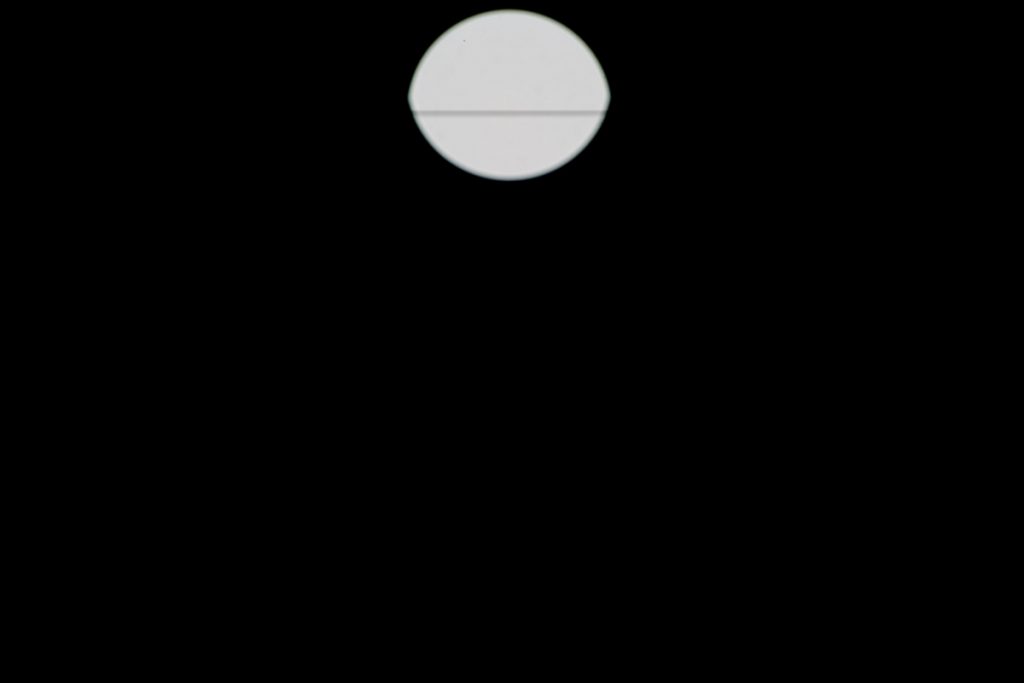
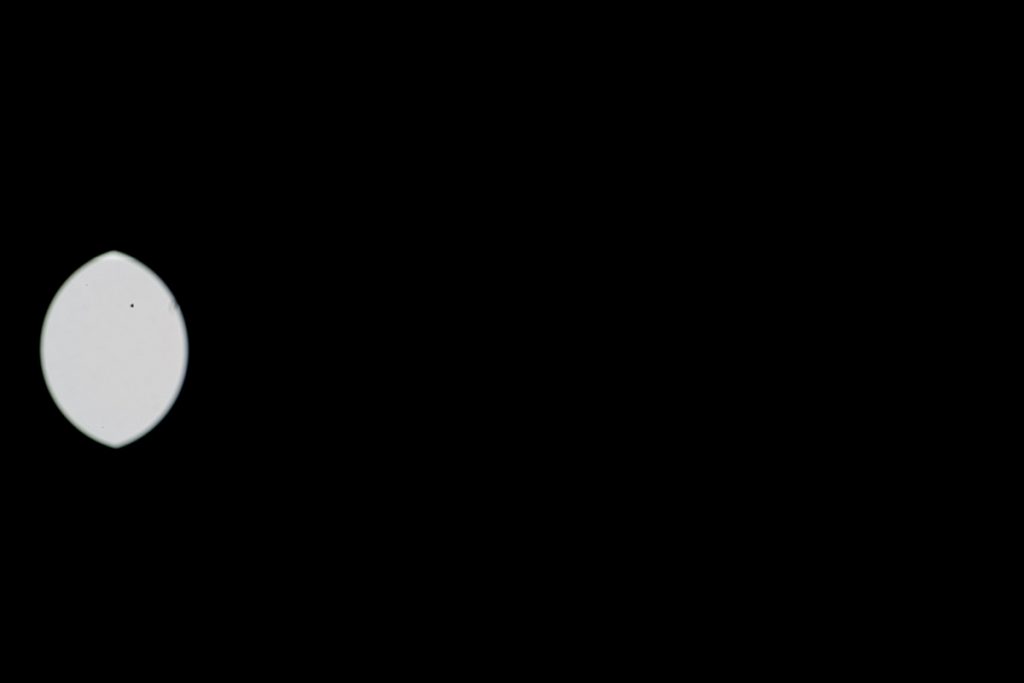
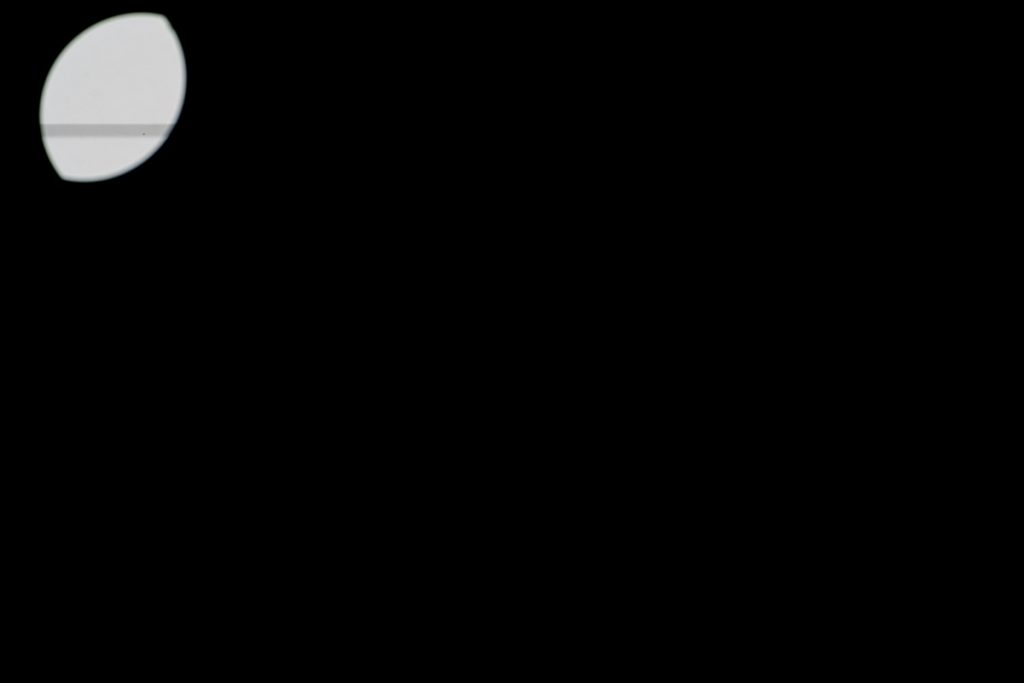
Ignore the dark lines and bands; they are artifacts of the way the LED light works. The Zeiss cat’s eyes are gone at f/4 and narrower apertures.
Now the Nikon lens with the defocus control set to off:
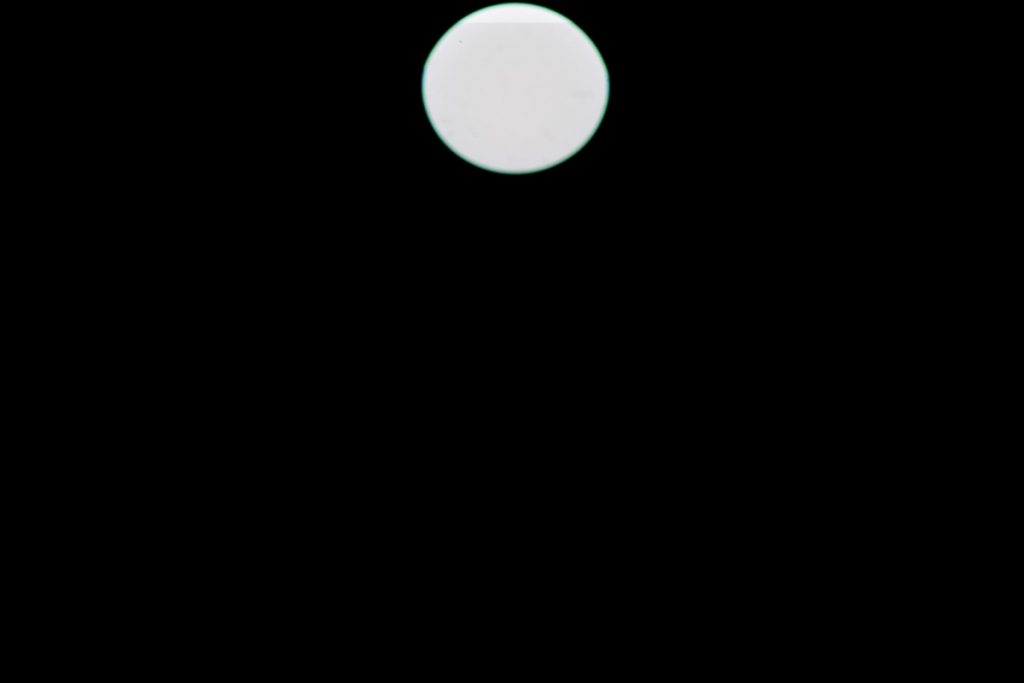
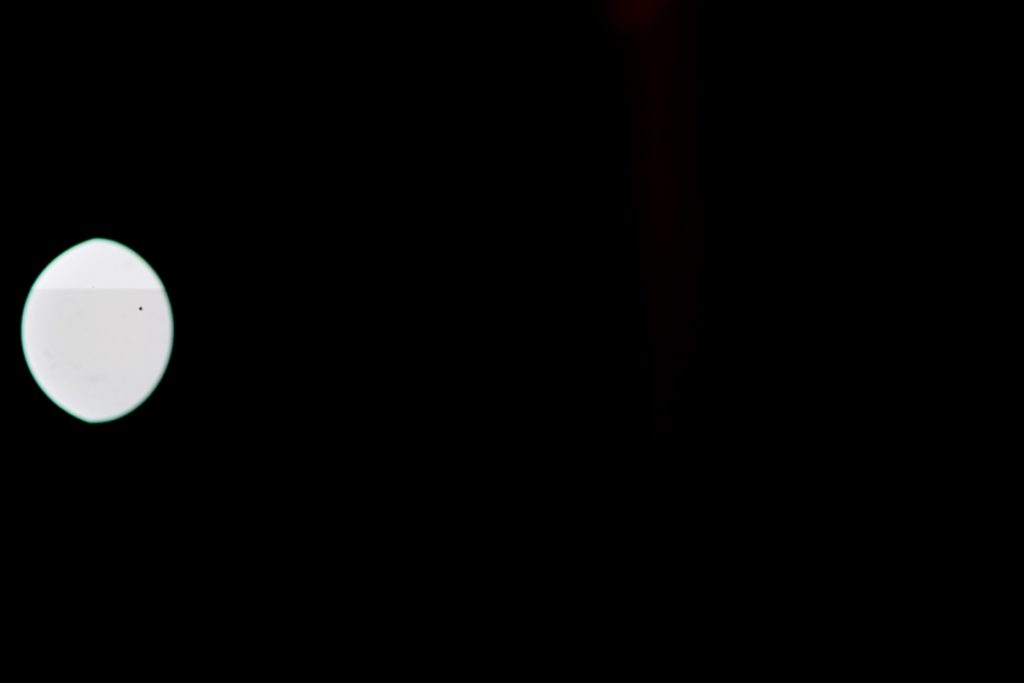
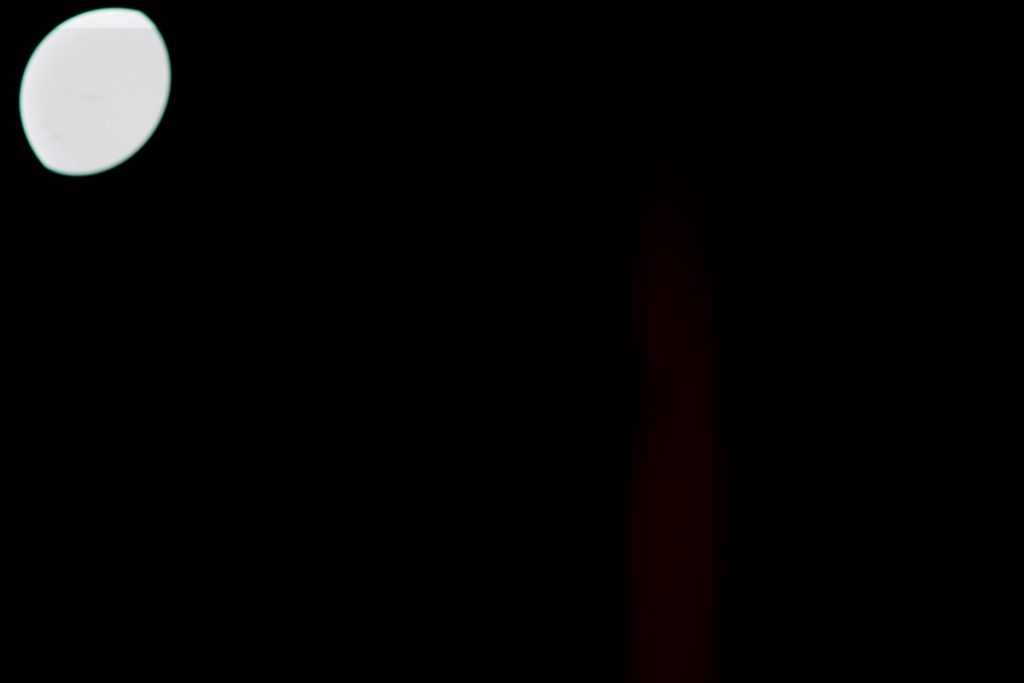
With the Nikon, the cat’s eyes are almost gone at f/2.8.
Now the Nikon with the defocus control turned on:
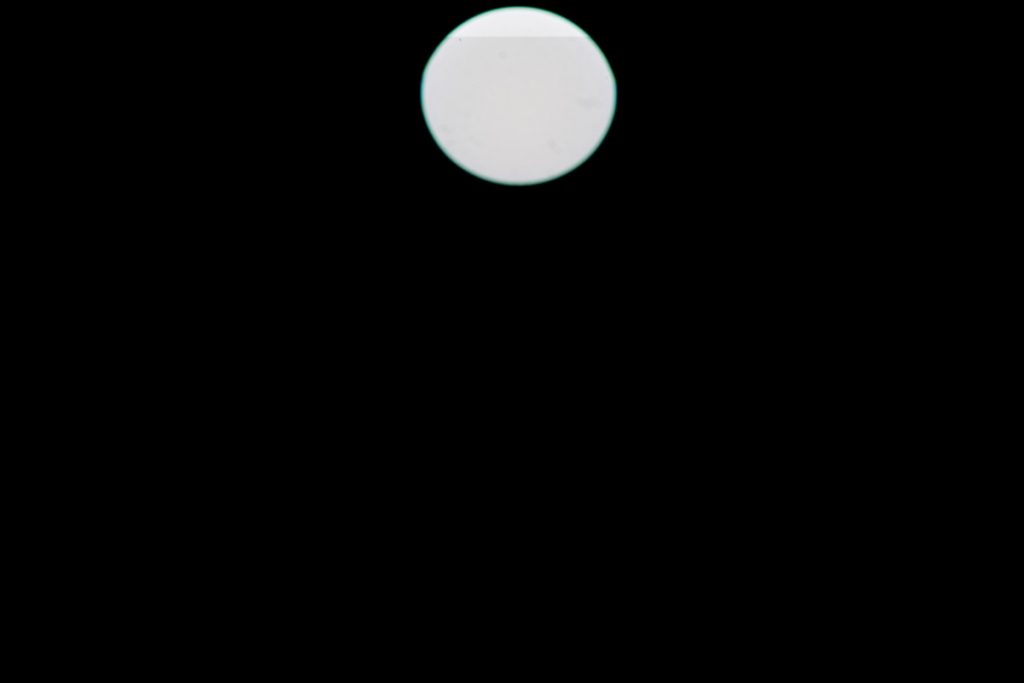
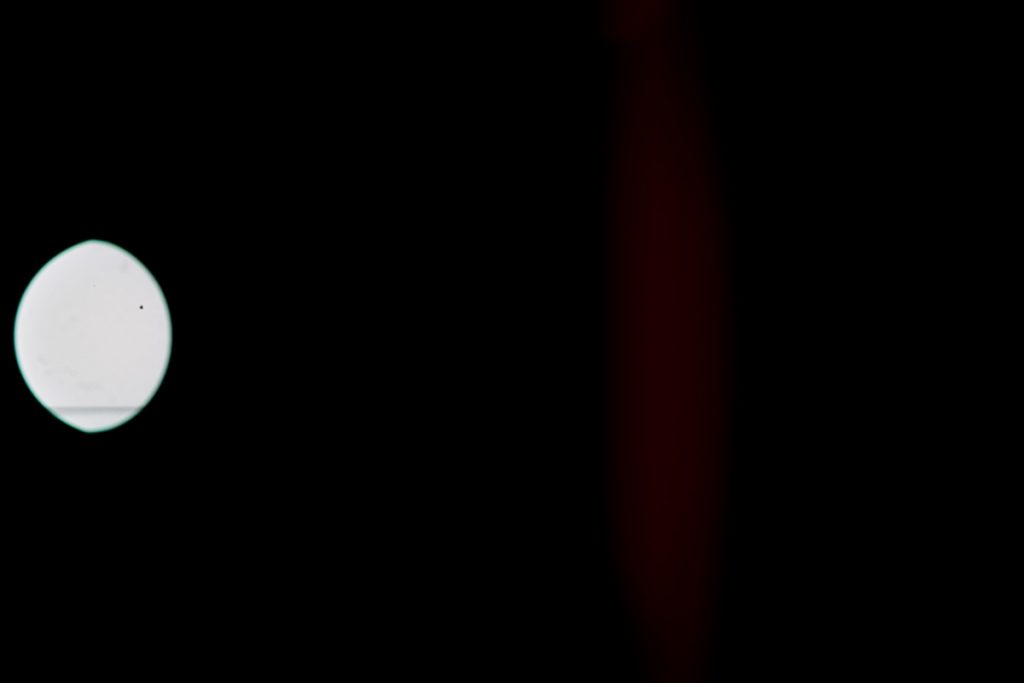
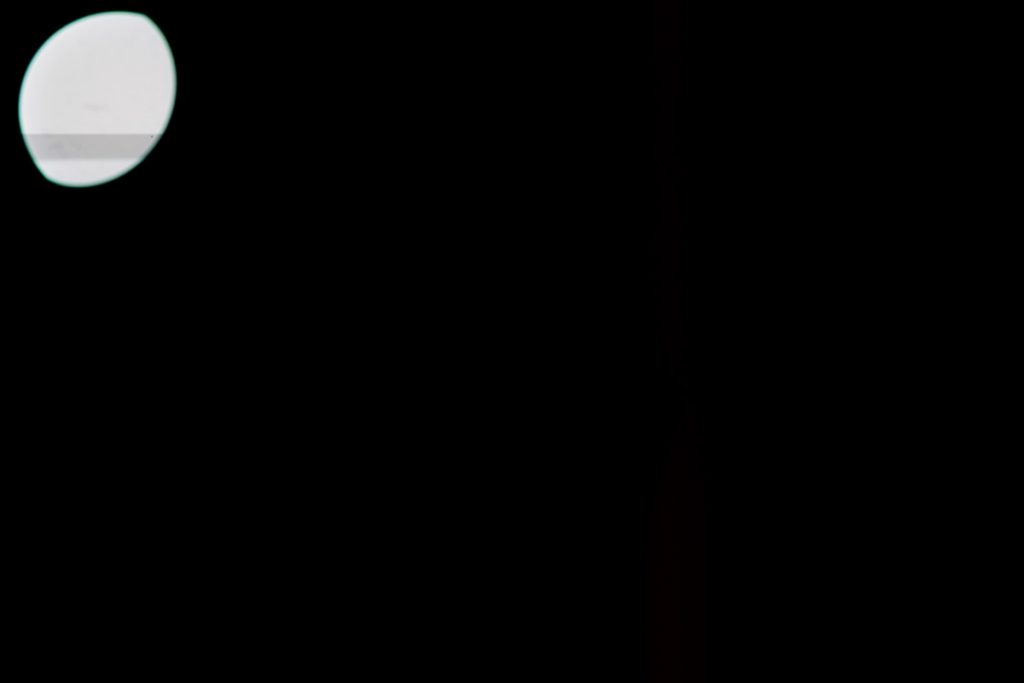
The defocus control makes essentially no difference with respect to cat’s eyes.
Now the Sony STF lens:
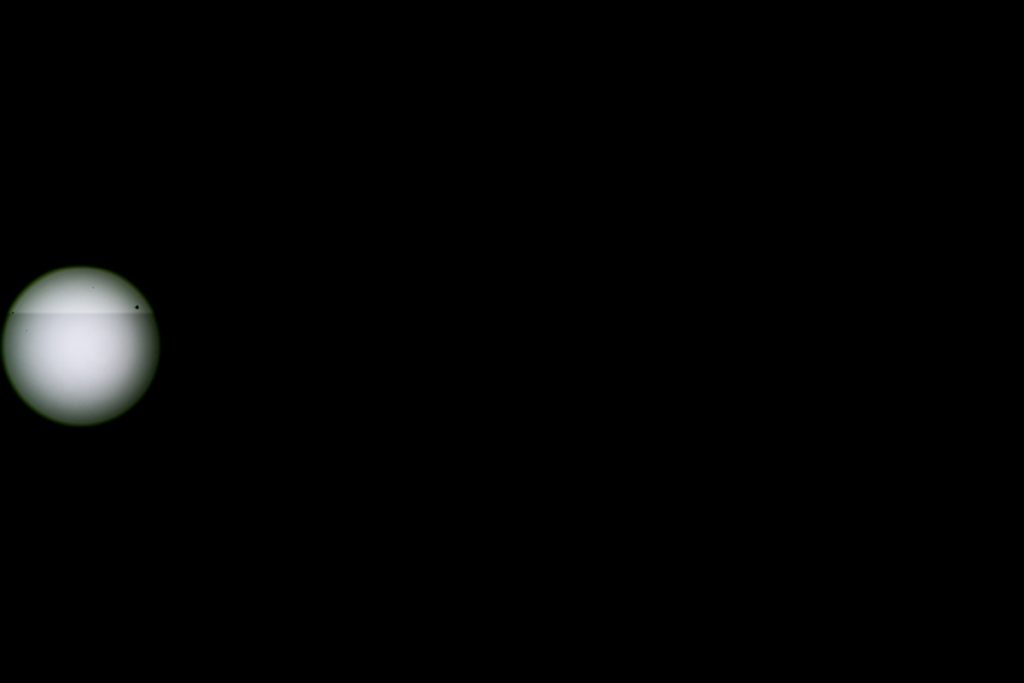
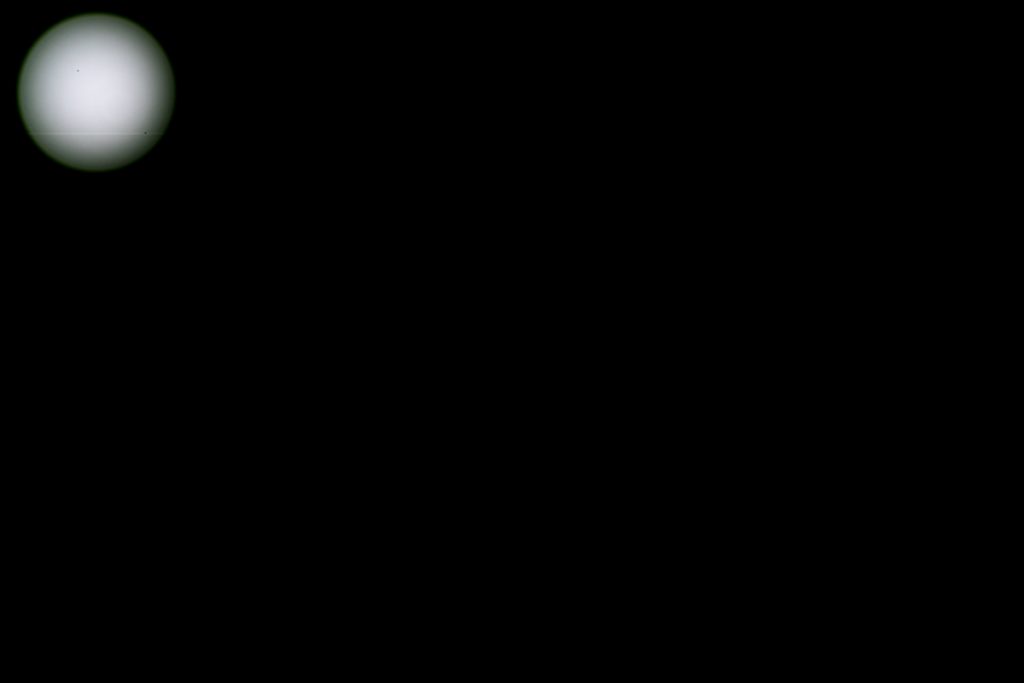
No cat’s eyes. But the Sony STF is only a f/2.8 lens, so it has an easier time with cat’s eyes than the other two lenses, which are a full stop faster. Only the Zeiss lens shows significant feline characteristics at f/2.8.
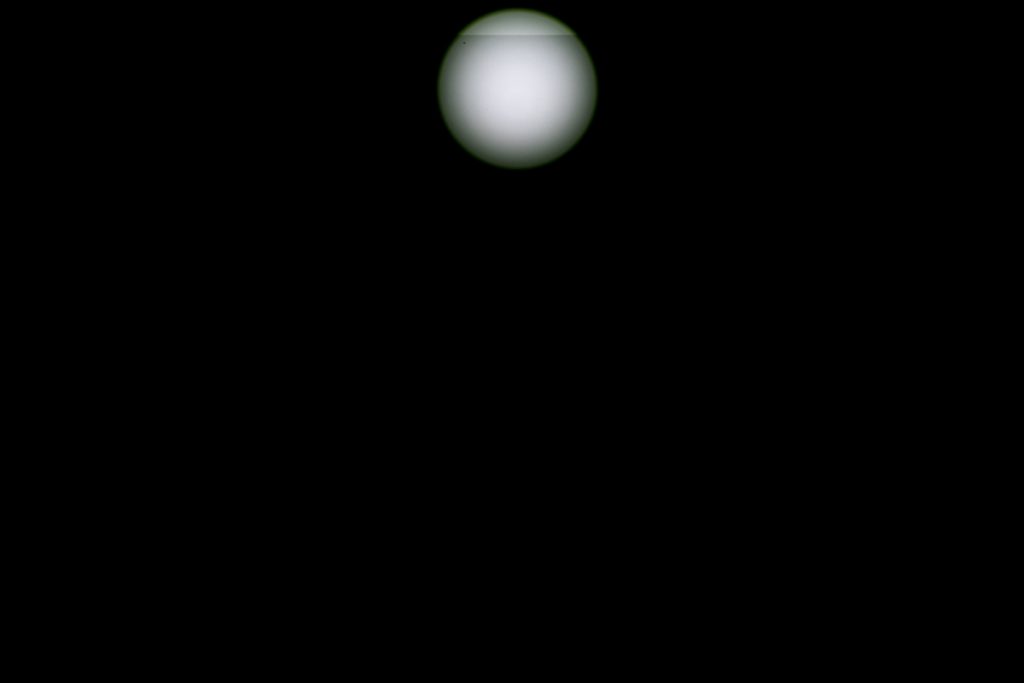
Leave a Reply